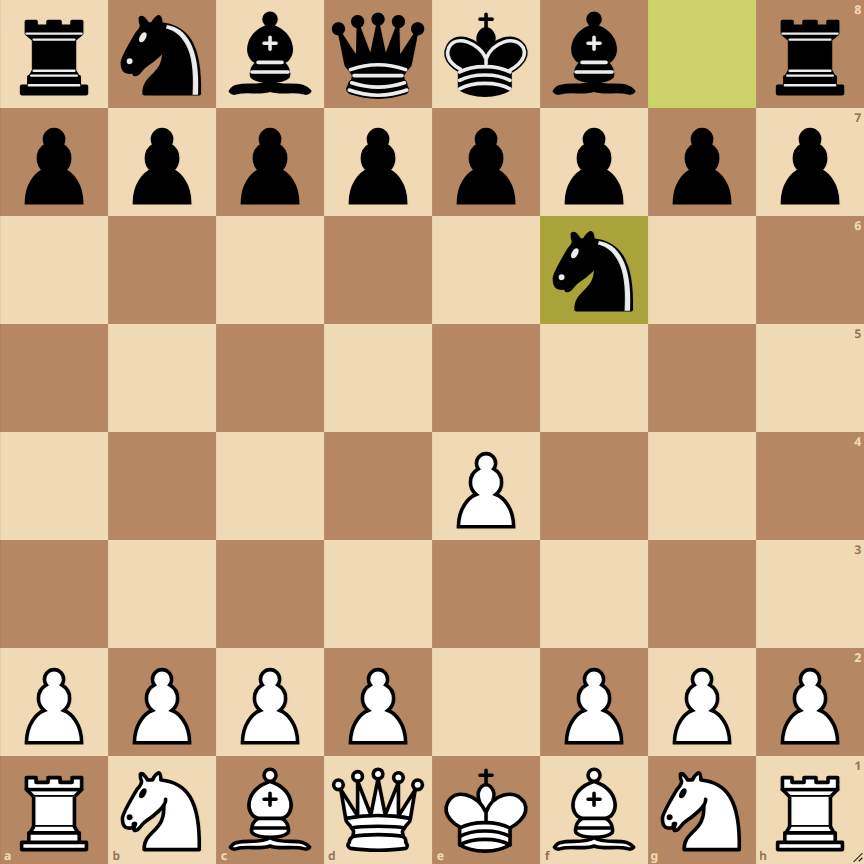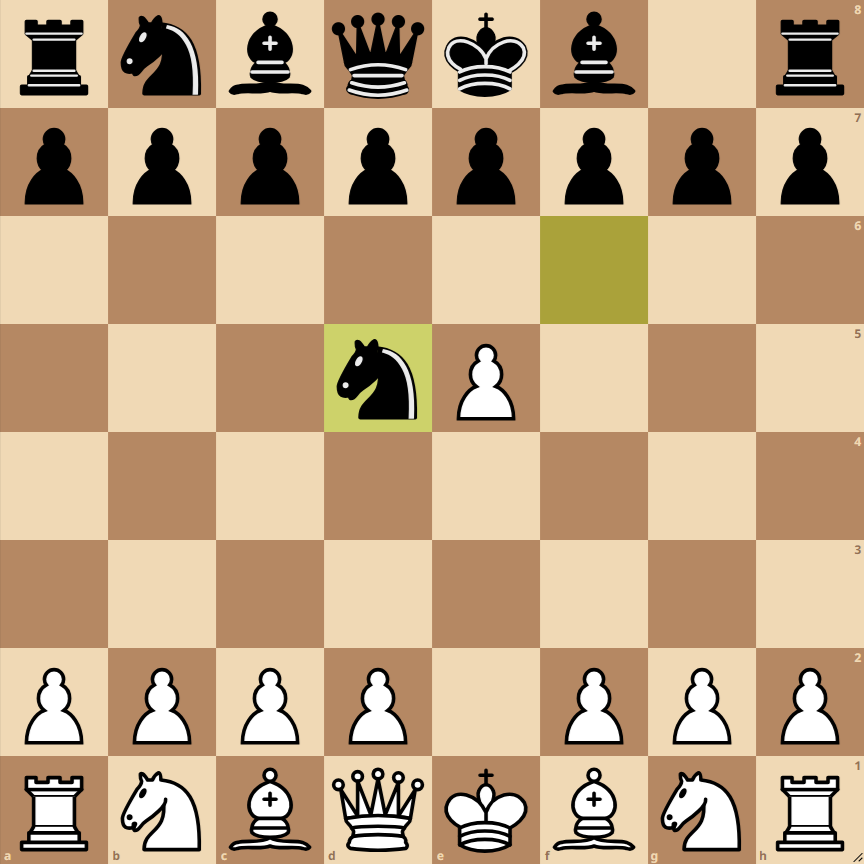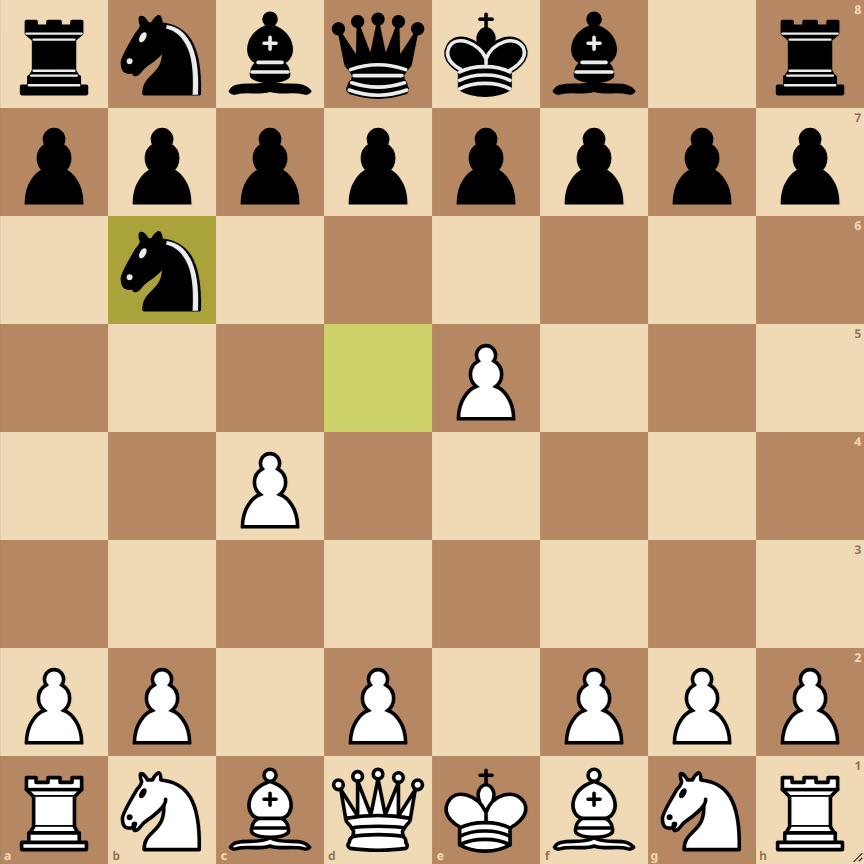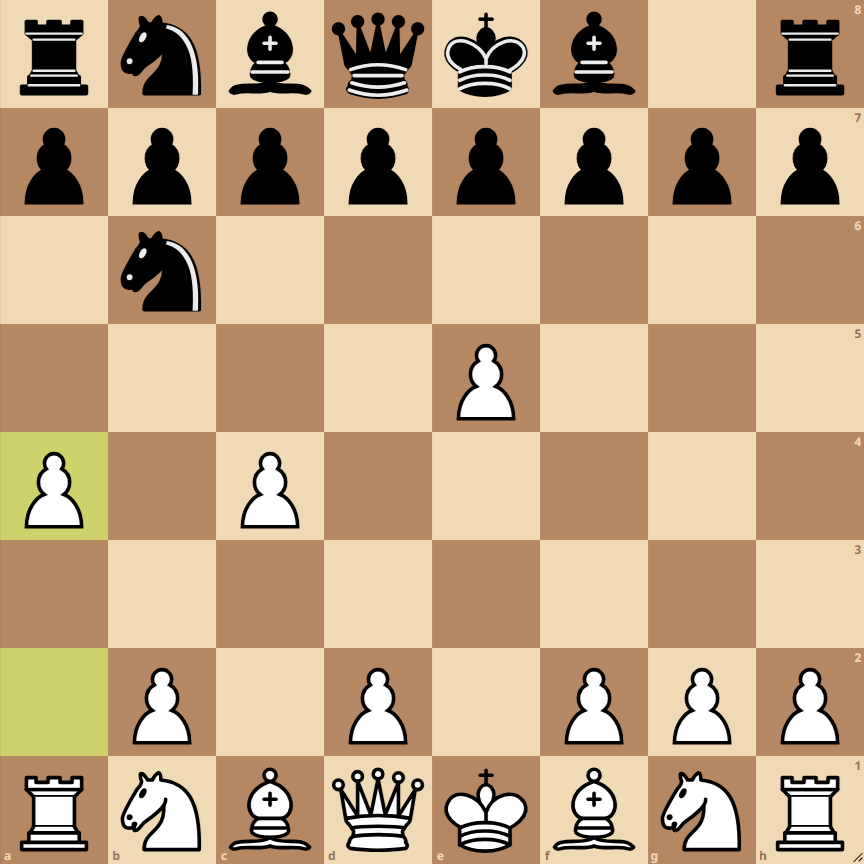How to Play the Alekhine Defense Two Pawns Attack Tate Variation



The Alekhine Defense, especially in its Two Pawns Attack Tate Variation, is a dynamic and ambitious opening. Below, the key moves are broken down:
- 1. e4: White starts aggressively, controlling the center and preparing the development of their pieces.
- Nf6: Black responds with the knight, attacking the e4 pawn and seeking to unbalance the white central structure.
- 2. e5: White advances their pawn, displacing the black knight and gaining more space in the center.
- Nd5: The black knight retreats to d5, maintaining pressure in the center and opening lines for other pieces.
- 3. c4: White challenges the knight with the queen’s pawn, aiming to gain ground and limit black’s options.
- Nb6: The black knight retreats to b6, a safer but less active position.
- 4. a4: White starts expanding on the queen’s side, possibly preparing a broader advance and aiming to unbalance black on both flanks.
Variations of the Alekhine Defense Two Pawns Attack Tate Variation
There are several continuations and variations that can arise from this opening. Some of the most important ones are:
Queen’s Pawn Advance Variation
In this variation, white can choose to play 5. d4, strengthening their center and preparing the development of the light-squared bishop.
Bishop Development Variation
Another option for white is to develop the bishop, for example, with 5. Bc4, targeting the black’s weak f7 point.
Black’s Counterattack
Black, on the other hand, might opt for a quick counterattack, such as 5…d6, aiming to undermine white’s center and actively develop their pieces.

